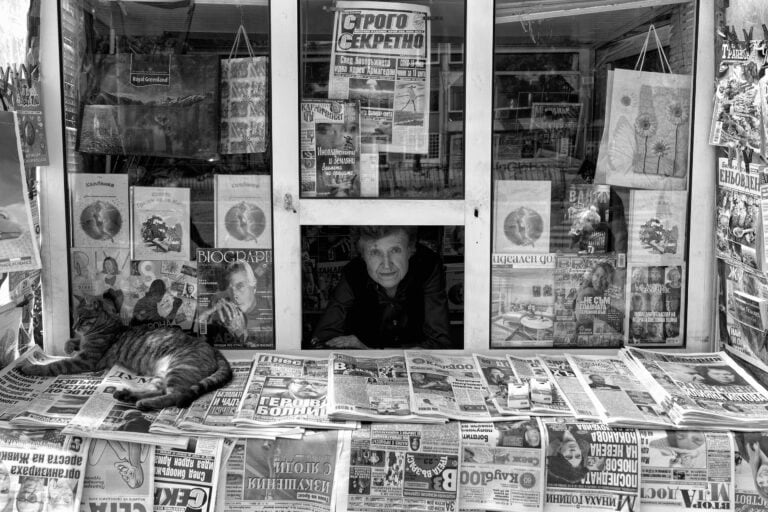
Photos that engage and appeal to viewers are dependent on several factors. Opinions will vary, but I wanted to go over some of my thoughts on the elements of captivating photos. These are based on my opinion, but they are fairly straightforward. So, take what works for you, take what is helpful, drop what is not and adjust as desired.
This post will also focus on the more basic aspects of photos. I will discuss some more personal opinions of what elements contribute to making captivating photos in a follow-up post.
Let’s get to it.
Light
A quick search on Instagram for street photography will result in a large amount of photos utilizing light in creative ways. There are some striking images of people, cars, or other things passing through a single beam of light, patterns of light, or guiding light. They tend to be high contrast and black and white, although color photos are also in abundance.
While street photography may not be your thing, photos in general can be attractive just because of the light. Light is often what distinguishes extraordinary or captivating photos from merely a good one. Or a good image from a mediocre or bad image. It is what many photographers become addicted to – waiting for and cherishing the light. This is why so many photographers proudly proclaim themselves to be light chasers or light stalkers.
Photographs are dependent on light. Without light, taking a photo simply isn’t possible. In fact, the word “photography” comes from the Greek root words phōtos, genitive of phōs, “light,” and graphé, “representation by means of lines” or “drawing.” We therefore can summarize the meaning of “photography” as “drawing with light.”
Light Tips
Light brings mood and interest to your image. It brings intrigue. The light could be a softer and warmer tone, for example as it is during the golden hour, just before sunrise and just before sunset. There also tends to be less contrast during the golden hour. The midday light with a cloudless sky will provide more harsh light and more contrast. This light can be less pleasant for some subjects, especially portraits. However, shadows can be bold and create interesting patterns for creative shots.
Of course, the sunset and sunrise can create intense colors in the sky, which can play a significant role in your shots. The blue hour can provide a gorgeous blue background for your shots along with a cooler feeling light. Even the light at night from stars, street lamps, cars, and many other light sources, all contribute to your image. Or a catch light, a highlight of light in a subject’s eyes, can bring a portrait to life. Look for light that is interesting or unique. Light that brings a special feel to your image or makes certain elements stand out.
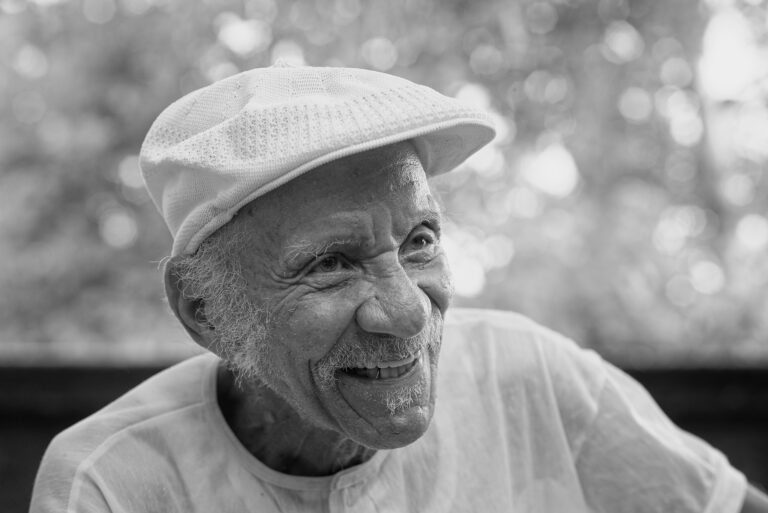
Composition
In photography we are challenged to capture an image of something that already exists. This is unlike many other art forms. A painter has blank canvas to work with. A composer or poet has a blank sheet. For the photographer, the canvas has already been filled and we are not the creators of the original image. We are deciding what to include in our photo, what to remove, or what to add. We are deciding how to interpret and how to express through a replica of sorts. This is still a significant challenge to do well. We experience the world in three dimensions, but photos are two dimensional. Unlike video, we are trying to capture a single moment in a single frame. So this also creates an additional challenge. Not only are we trying to capture three dimensions, but we may also be trying to represent the human emotions, which are felt within a moment, which often compel us to take a photo.
So, how do we capture such complete experiences in a two-dimensional image? How do we translate these emotions and this extra dimension? As I’ve mentioned before in a previous post the photographer becomes somewhat of an illusionist. And the photograph is nothing, but an illusion. We must find a way to artistically represent feelings and the environment, for a viewer that was not present and/or may not have an emotional connection to that moment or subject. Composition is one determining factor in how we create these illusions and it can dictate the success of your photo.
What Is Composition?
Composition is the way in which elements or parts are arranged or are put together to create something. It is the seeing, arranging, adjusting, cropping, creating, and framing of an image to guide the viewer to elements within your photo. As you can guess, there are several elements that can be utilized to do so.
Composition refers to the use of various aspects (patterns, texture, symmetry, asymmetry, negative space, filled space, depth of field, color, contrast, frames, curves, lines, background, shapes, visual tension, element placement) in our shot. The position and use of these creates interest and intrigue, establishes comfort or discomfort, clarifies focus and intent, and so much more.
Composition Tips
I suggest looking into composition further if you are interested. I hope to get around to providing more details in the future. But a quick Google search will offer an abundance of resources from which you can learn more about composition.
Nonetheless, here is some very basic information to get you started, although far from detailed and far from exhaustive:
-
Find natural frames. All photos are a frame, but look for natural frames (doorways, windows, trees, etc.) to create focus on your subject.
- Leading and diagonal lines. Pay attention to the structure and natural lines that can draw attention to focal points. Let the lines lead the viewer's eyes to what you want them to see. Diagonal lines can help create a feeling of movement while also leading the eye.
-
Structure and placement. Where is your focal point? Look into Rule of Thirds and The Golden Ratio.
-
Get in close (or zoom in). Fill the frame with your subject. The subject is the clear focus of the image, less distraction, and can feel more intimate.
-
Patterns and repetition. These can work well for street photography. As backgrounds or for the main focus. Such as a large building with uniform windows.
- Symmetry/asymmetry. Symmetry can create a feeling of balance and simplicity. Whereas asymmetry can create interest in an image. Consider the large building again, repetition but with some open windows can be more interesting than all windows closed and exactly the same.
- Background, clutter and contrast. Cluttered backgrounds can be distracting. Don’t have too much going on in general, unless that’s the intent. The background should contribute to the image or at least don't let it take away from the intent. Consider having your subject stand out from the background by taking advantage of contrast.
- Have a clear focus or intent. What do you want the viewer to see or feel? The viewer might still feel something different, but it's worth being aware of your intent.
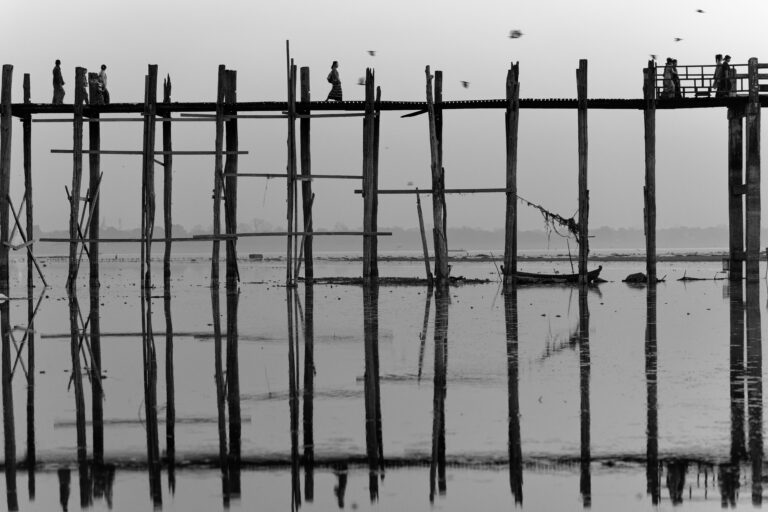
Subject
Maybe it goes without saying, but the subject is an important element as well. A captivating photo is also dependent on having a quality subject. If there is something specific we are looking for, a particular theme or concept, we want to find the right subject and/or environment to fulfill our vision. Or if we’re just out shooting whatever comes our way then we still want something that is striking. Something that draws attention or interest for some reason or another.
In the composition section I commented on clear intent and focus. Having a strong subject, human or otherwise, is important for your vision. Don’t let the subject get lost. Learn and practice letting your composition guide the viewer to your subject to share your vision.
Try to capture the moment that best represents your subject and your artistic vision.Look and wait for decisive moments. Take advantage of color, contrast, light, isolating the subject from the background, breaking patterns, and eye contact. These are some of the methods you can experiment with to help your subject stand out.

Impact
It is my intent to create an impact with the viewer. Light, composition, and subject are interrelated elements of photography and when they come together they can create impact. The impact I often look for is based on that overlooked quality that was discussed in the introduction – curiosity. This is something I touched on in a previous post, but I’ll go over it again quickly.
My favorite photos are the ones I have taken that tend to peek the viewers’ curiosity. They maybe provide some sort of answer in some shape or form, but simultaneously they introduce one, or several, question words – what, where, why, when, and how. The impact I like to aim for is a balance of intrigue and understanding or familiarity.
Impact may be different for the viewer and your vision and intent for impact may be different from mine. It doesn’t have to lead to a life changing realization and in the end you should be true to yourself and take photos that interest you. However, it is something I strongly believe in for my own work. I see it as the performance of our illusion, pulling the viewer into the moment of our image by appealing to their natural curiosity.
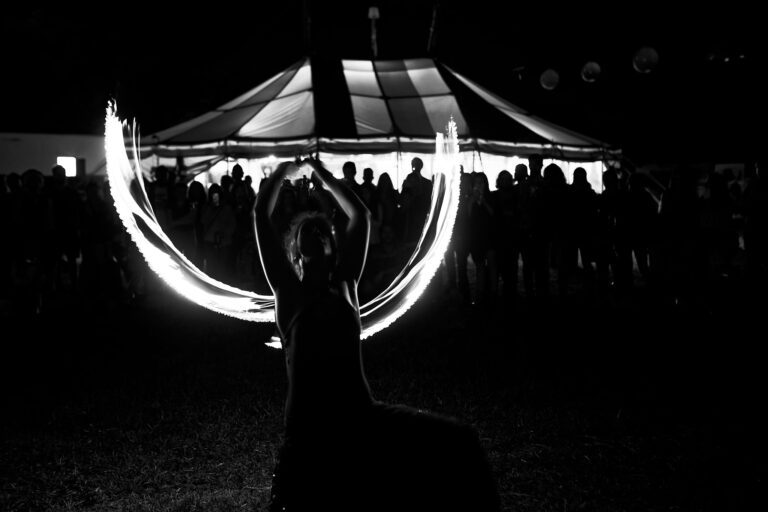
It’s the sum of the parts that make up the whole, so in my opinion excellence comes from how one undertakes to something. It all begins with the thought process – which is creative and exalted to produce something out of the ordinary.
– Pankaj Patel
Closing Words
These elements are interconnected, but try not to be overly concerned with what the elements of photography are. Let’s be honest though, a captivating photo is a captivating photo. This is true regardless of how you make the photo. There are no rules by which photographers are obligated to follow. These are only guidelines to help you get started.
A camera is nothing more than a tool by which the artist realizes his or her art, just like a paintbrush. The camera is the vessel from which a photograph emerges, but it is the photographer who must learn to see and make the photograph within the moment.
Some people may have a “natural eye” for photography, capturing the beauty of moments effortlessly, whereas others may need to develop their vision. In the end good photographers must understand their camera, have an eye for composition, and a vision (artistic or otherwise). Work towards progressing your knowledge and ability in these things, take a lot of photos, experiment and explore – see where it takes you.
Check out my free ebook, 5 Unique Photo Challenges, for some inspiration while practicing these basic elements of a captivating photo. Sign up for the Photography Insight Journal (this blog) below to receive the link to download a copy.
And if you’d like to share some shots go ahead and tag me on Instagram, @ted_stanton_photography, with your photos.

This is the best summary of the elements of a good photograph I have ever read. That includes two books by Andreas Feininger I read when I was just beginning fifty years ago.
Thank you. I’m sure you aren’t biased at all. 🙂